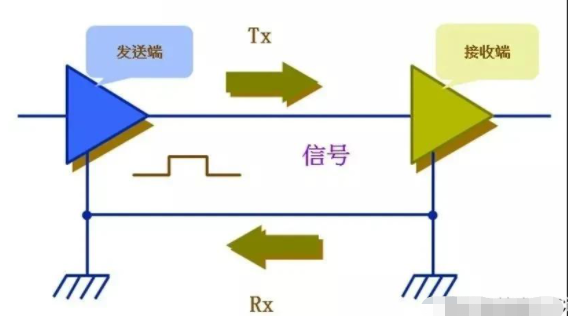Released in 1962 by the Electronic Industries Association (EIA) and BELL and other companies; the full name of the RS 232C standard (protocol) is the EIA-RS-232C standard, where EIA represents the Electronic Industries Association, RS represents the recommended standard , and 232 is the identification number. , C represents the latest modification of RS232 (1969). Before that, there were RS232B and RS232A. It specifies connecting cables and machinery, electrical characteristics, signal functions and transmission processes. It is suitable for communications with data transmission rates in the range of 0~19200b/s.
Computer RS232 interface

RS232 protocol electrical characteristics
EIA-RS-232C specifies the electrical characteristics, logic levels and functions of various signal lines: On TXD and RXD: Logic 1 means the voltage range is -3V to -15V Logic 0 means the voltage range is 3V to 15V On RTS , CTS , DSR, DTR and DCD control lines: valid signal means the voltage range is 3V to 15V, invalid signal means the voltage range is -3V to -15V.
RS232 basic working principle

RS232 protocol mechanical characteristics
Since RS 232C does not define the physical characteristics of the connector, various types of connectors such as DB-25, DB 15 and DB 9 have appeared, and their pin definitions are also different. Two commonly used connectors are DB-25 and DB- 9:
RS232 Disadvantages
The transmission rate is low. In asynchronous transmission, the baud rate is 19200bps. The interface uses a signal transmission line and a signal return line to form a common-ground transmission form. This kind of common-ground transmission is prone to common-mode interference, so it is resistant to noise. Weak interference; the transmission distance is limited, the standard maximum transmission distance is 50 feet, but in fact it can only be used at about 15 meters; it can only perform point-to-point transmission , which is not convenient for network control;


